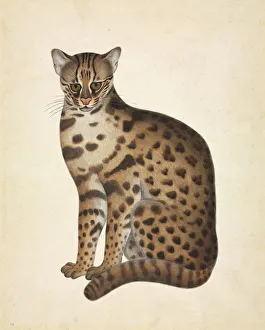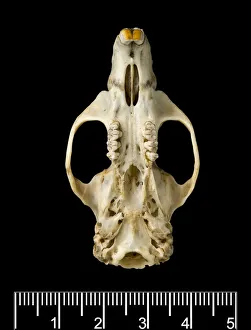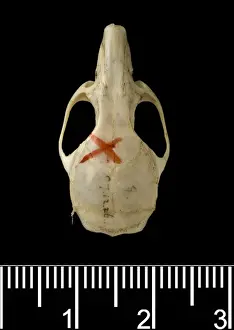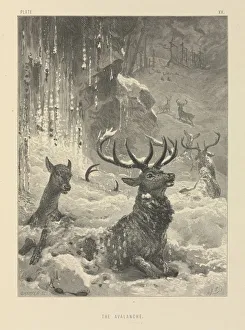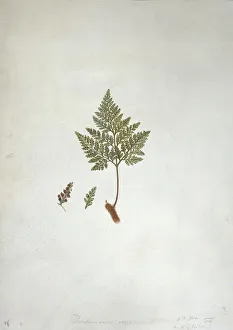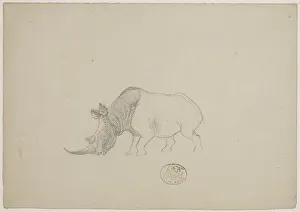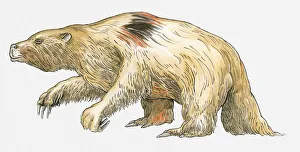Placental Collection
"Discovering the Placental World: From Megatherium to Przewalskium Albirostris" Step into a world where ancient giants roamed
All Professionally Made to Order for Quick Shipping
"Discovering the Placental World: From Megatherium to Przewalskium Albirostris" Step into a world where ancient giants roamed, as we unravel the mysteries of the placental creatures that once graced our planet. Meet Megatherium, the colossal giant ground sloth, whose size and strength awed even the bravest explorers. Venture further into this captivating realm and encounter Prionailurus bengalensis, also known as the Leopard cat, with its mesmerizing spots and agile movements. Witness Wallaces Orang Utan swinging through trees with grace and intelligence unparalleled in nature. Delve deeper still to uncover rare species like Megalomys desmarestii, an antillean giant rice rat that thrived on remote islands. Marvel at Oligoryzomys victus, a St. Vincent pygmy rice rat that adapted perfectly to its unique habitat. But beware. Nature's power can be both breathtaking and devastating. Experience The Avalanche's sheer force as it reshapes landscapes in an instant. Seek solace amidst Davallia canariensis (L. ) Sm. , commonly known as hares foot ferns - their delicate beauty contrasting against rugged terrains. Encounter Ceratotherium simum, better known as the white rhinoceros – a majestic creature fighting for survival against human threats. Discover Capparis canescens or dog capers; these resilient plants have adapted to harsh environments with tenacity akin to their canine namesake. Witness herds of graceful Antelope galloping across vast plains – their speed unmatched by any other land animal. Admire an Engraved mammoth tusk adorned with intricate designs from prehistoric times – a testament to humanity's artistic prowess throughout history. Finally, meet Przewalskium albirostris - white-lipped deer gracefully navigating treacherous terrains, embodying the resilience and beauty of nature.

